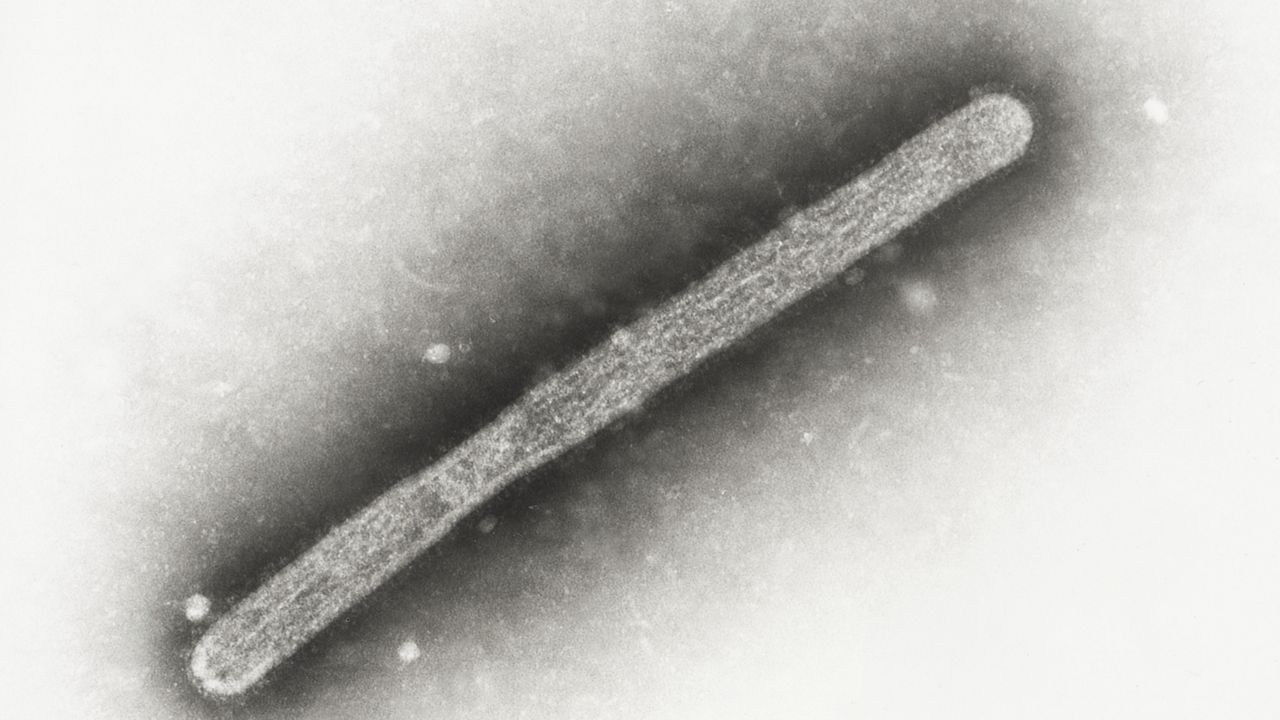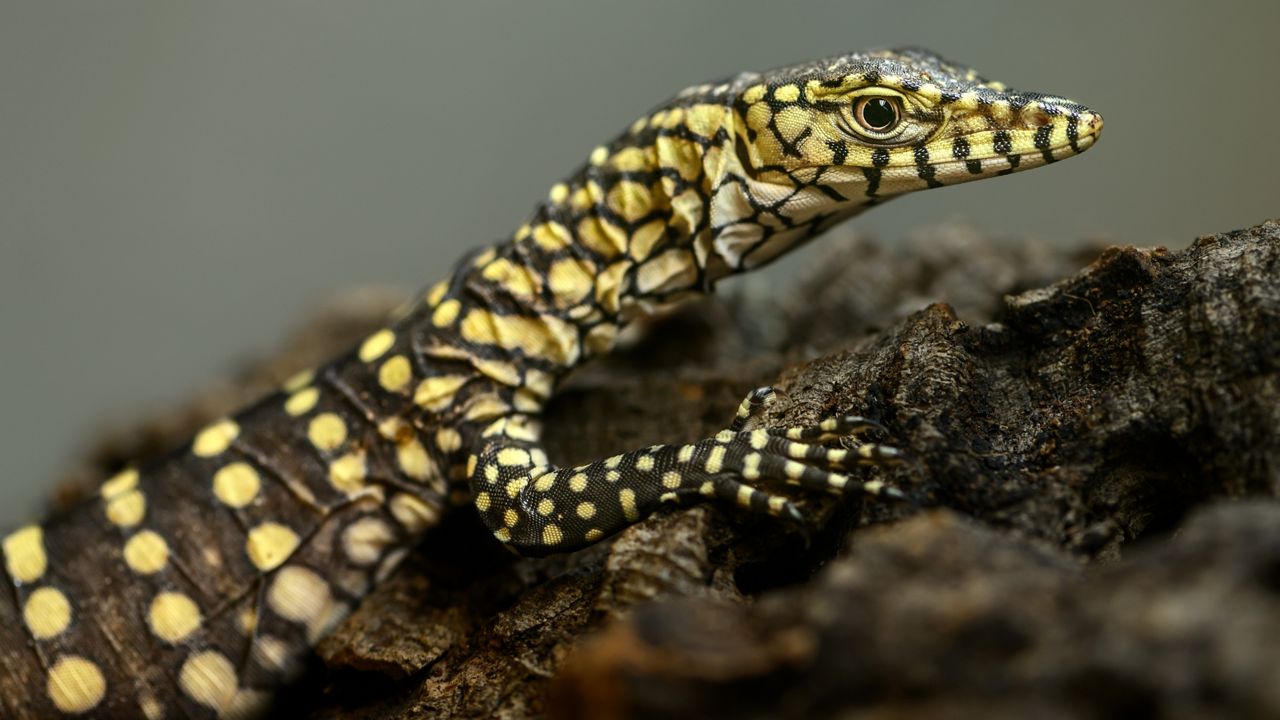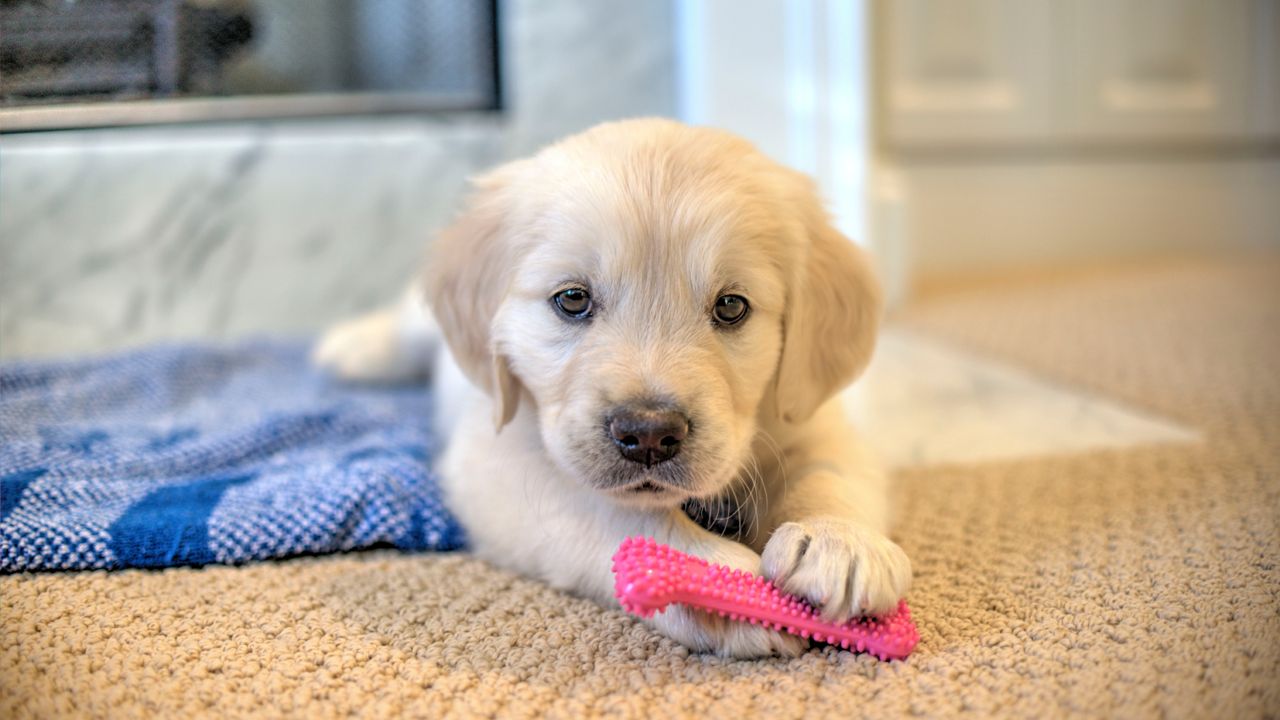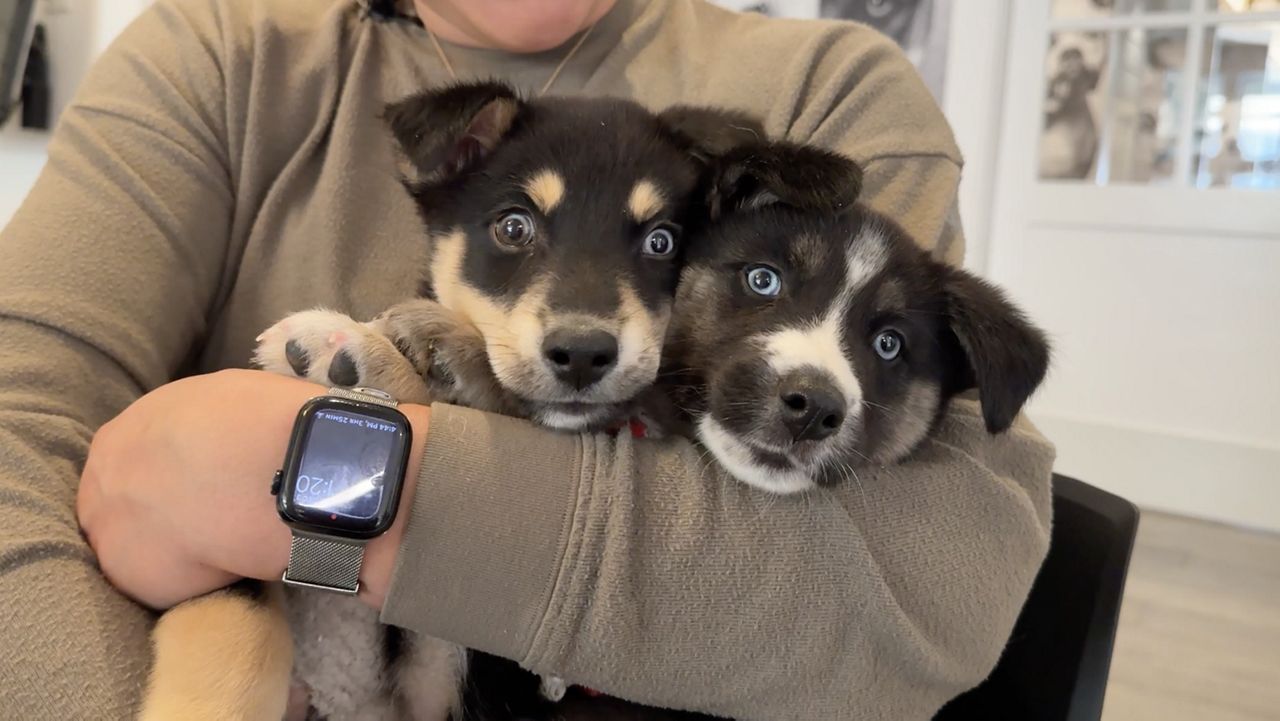SAN DIEGO — SeaWorld has surpassed the milestone of rescuing 40,000 injured, sick and orphaned animals, underscoring the unrelenting need to help animals in need.
Eric Otjen is the vice president of Zoological Operations and has decades of rescue experience. He helped the SeaWorld Rescue team release five California Sea Lions back into the wild. They were rescued earlier in the year as young pups, stranded on the beach, malnourished and dehydrated.
“This is one of the best parts of the job, when we get to drop them back off in their ocean habitat,” Otjen said.
Jen Zarate fed the sea lions every day and says they’ve more than doubled their weight.
“It’s not the release, and it’s not the rescue itself,” Zarate said. “It’s actually knowing that your animal has crested over, like, you know, they’re going to be OK.”
The team released the sea lions five miles off the coast of San Diego in a location they scouted beforehand, away from human interference and with lots of fish in the area.
“We’ve done everything we can and now the rest is up to them, and we know that they got it,” Otjen said.
The SeaWorld Rescue Team is on call every day, year-round, from the Mexican border to the Orange County line. They’ve helped save more than 40,000 animals that span diverse species such as aquatic birds, pinnipeds, turtles, manatees, whales, dolphins, otters and a wide range of other mammals and fish. The milestone serves as a bleak reminder that marine wildlife continues to face threats. Rehabilitation and return can help.
SeaWorld is a professionally accredited zoo and one of the largest marine animal rescue organizations in the world. A portion of the proceeds from SeaWorld tickets and in park purchases goes toward funding rescue and rehabilitation.
Kim Peterson is the rescue supervisor at SeaWorld San Diego and makes sure they provide all the right care to the animals without letting them get used to humans. She said they dress up in a costume when checking on certain species to prevent them from imprinting on humans.
She donned the costume to check on a baby white-faced Ibis.
“Fell out of the nest and was pretty bruised and banged up,” Peterson said. “So our job right now is to keep him warm and safe.”
She’s on one of the last checks these animals go through to make sure they’re ready to thrive on their own.
“It’s an honor to be part of such a huge milestone,” Peterson said. “Each team member is an important part of our safety net.”
While they celebrate releases like the five California Sea Lions, it's also a reminder to the team of the job that lies ahead: caring for all marine wildlife no matter what threats they face.
“It’s not a bittersweet moment at all, it’s more of just a really good celebration to see them just kind of swim off,” Zarate said.
“It’s something that we don’t take lightly," Otjen said. "It’s a big responsibility.”
SeaWorld counts on everyone to be their eyes and ears for animals in trouble. If you have seen an animal in distress or in need of help, please contact their rescue team at 1-800-541-SEAL (7325) or email SWC.Rescue@seaworld.com.
Helpful information to give the Rescue Team:
- Date animal was last seen
- Time animal was last seen
- Location (name of beach, address, landmark etc.)
- Size of the animal compared to a dog breed
- Is the animal thin? Can you see its ribs, hips or spine?
- Is the animal entangled in fishing gear?








